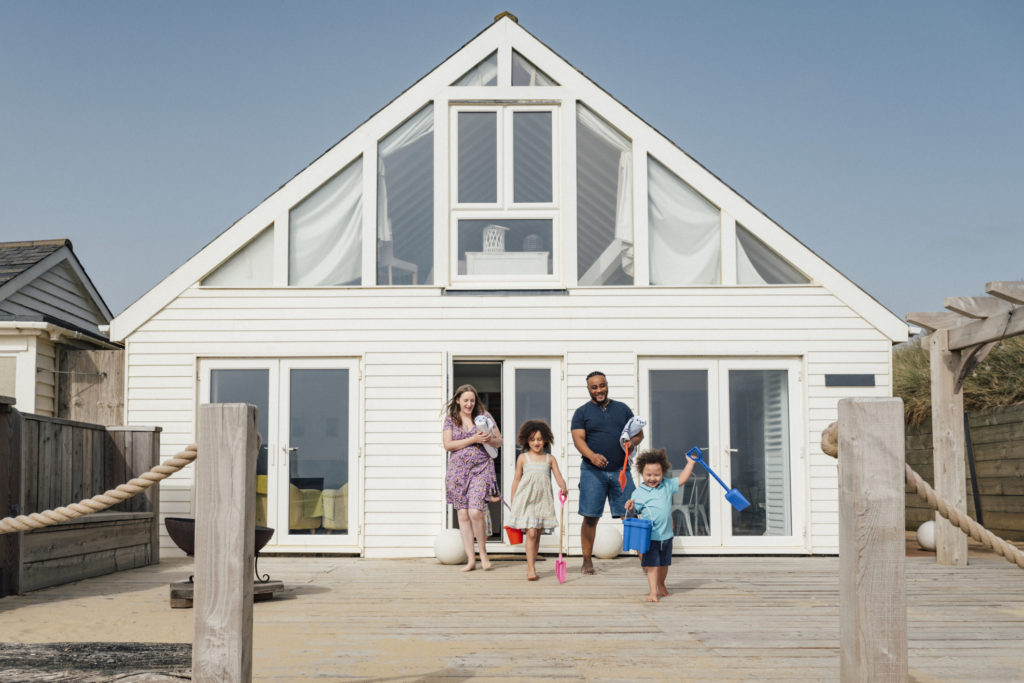Calculating Capital Gains Tax on Second Home Sales


Just joining in? Go back to part one, which contains information about a tax hit for sellers of vacation homes, and enlighten yourself on why an irked Congress enacted Code Section 121 (b) (5). Its precise wording curtails the availability of a series of full exclusions of as much as $500,000 for profits from home sales when sellers own several homes.
Part two will focus on the highlights of the current rules that went on the books at the start of 2009. To illustrate how they work, I’ll again apply them to sellers Harold and Marian Hill.
“Nonqualified use.” Section 121 sets strict limits on how much gain the Hills are allowed to exclude from sale of a vacation place that they convert into their new principal residence.
Section 121 authorizes the Internal Revenue Service to cut itself in for a share of the profit when Harold and Marian ultimately sell the place. It’s verboten for the Hills to exclude profit attributable to periods of “nonqualified use” that precede the place’s use as a principal residence.
How does the law define nonqualified use? Generally, it’s any periods after 2008 that the Hills (or any former spouses) didn’t use the former vacation retreat as a principal residence. Put another way, the IRS won’t allow the Hills to exclude profit allocable to such periods during which they use the place as a vacation home or rental property.
Exceptions. As with so many other overhauls of the tax laws, there are important exceptions.
The most noteworthy is that the IRS acknowledges that it won’t require Harold and Marian to reduce their $500,000 exclusion for nonqualified use before 2009—good news for someone who has already owned a vacation home or rental property for a while and has seen it appreciate.
Another piece of good news for the Hills is how Section 121 calculates nonqualified use. It disregards any period of vacancy after they move out of the new place and cease to use it as their principal residence.
Consequently, the couple doesn’t have to count any of this vacancy time as nonqualified use. If the Hills had to, they’d owe more taxes on their gain.
Section 121 also instructs the IRS to ignore any other periods of temporary absence (up to two years) attributable to changes in employment, health problems such as time in hospitals or nursing home, or such other unforeseen circumstances as it spells out in regulations, rulings, etc.
Dual-home difficulty. The current rules create a potential tax trap for those with two homes, should they decide to keep both homes, but change their principal residence from one home to the other.
An example: Harold and Marian have a city condo and a hobby farm; they use the condo as their main home until they retire; they keep the condo for occasional use, but make the farm their principal residence. Five years later, they decide to sell the condo.
How badly do things turn out when the Hills flunk the two-year ownership and use rule? They forfeit their exclusion.
How Section 121 compels the Hills to calculate gain on sale of a principal residence that they previously used as a vacation home. Let’s finish things off with a close look at the calculation.
Suppose Harold and Marian own a vacation home for 10 years. For simplicity, all of them are post-2008 years.
During the last three years (30 percent of the 10 years), it becomes their principal residence. The Hill’s gain on the sale is $1,400,000.
With those kinds of numbers, what portion of the profit does Section 121 say it’s okay for them to exclude? Just the portion that’s attributable to their use of the home as a principal residence.
How does the IRS determine the taxable portion of their gain when the Hills have three years of qualified use and seven years of nonqualified use? The agency allows only $420,000 (30 percent of $1,400,000) to qualify for the $500,000 exclusion.
When the Hills submit their 1040 form, what are they supposed to show as taxable gain? $980,000 ($1,400,000 minus $420,000).

